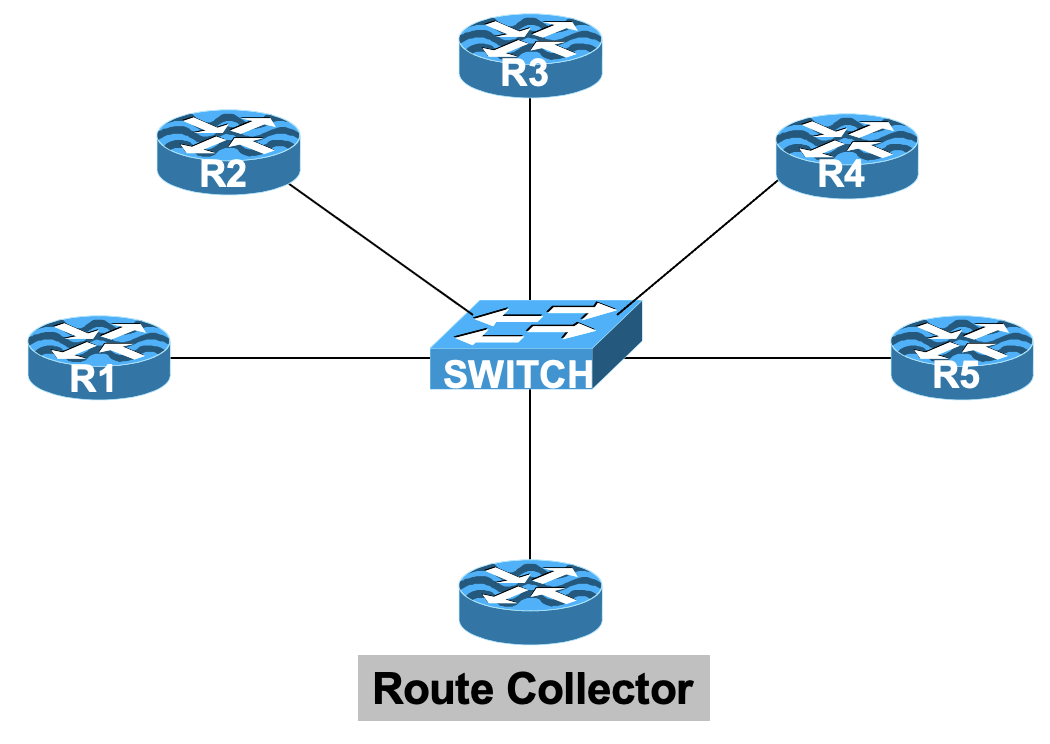Table of Contents
IXP Route Collector
A Route Collector is a router or appliance running a routing daemon that gathers routing information from IXP members.
Purpose
The Route Collector's purpose is to be a reference for the routing information available at the IXP, and has many uses at the IXP.
The uses of the Route Collector include:
- promotional purposes of the IXP to attract new members.
- allowing existing members to check the functionality of their BGP filters as their outbound peering policy with the Route Collector is the same as would be used with the IXP Route Server and bi-lateral peers.
- being the “back-end” of a widely used troubleshooting facility called a Looking Glass.
Implementation
Each member peers with the Collector using the same outbound BGP policy configuration as they would with any other peer.
The Collector is attached to the IXP's LAN like any other IXP participant would be.
Any device capable of talking modern standards based BGP can act as a Route Collector. This can range from older routers no longer useful for service, to routing software such as BIRD or FRR running on Linux or BSD-based appliances.
The Route Collector only collects routes by BGP. It does not make any announcements to any member. It does not forward packets either.
The diagram below shows how a Route Collector fits physically into the IXP infrastructure. The IXP in the diagram includes its 5 members, the ethernet switch, and the Route Collector.
Technical Details
The Route Collector will usually operate in a private Autonomous System. There is no need for a public ASN as the Collector is not involved in any BGP policy, nor is it providing any transit to any other network.
The device used can be quite simple. A Linux or BSD container is sufficient, as long as it can run the BGP daemon and has enough memory to hold the IXP's routes. There is no packet forwarding requirement.
The Collector is usually configured with a 2nd ethernet interface, for the backend connection to the IXP Services LAN. This is so that it can be used for the IXP's Looking Glass and accessed directly rather than over the IXP fabric itself. If a 2nd interface is configured, packet forwarding needs to be disabled (the default) so that IXP members aren't able to send traffic over the collector into the IX's Services transit network.

